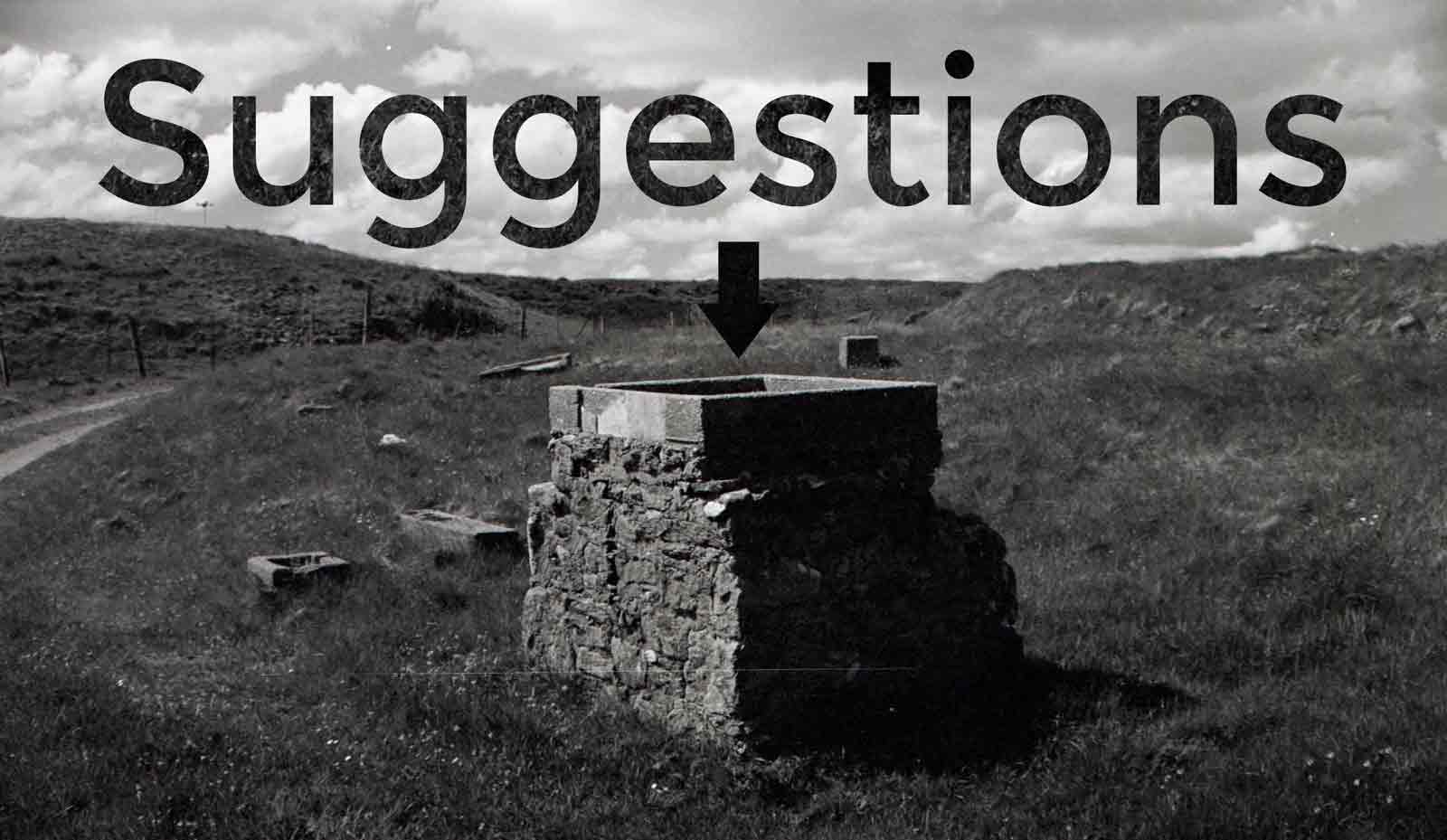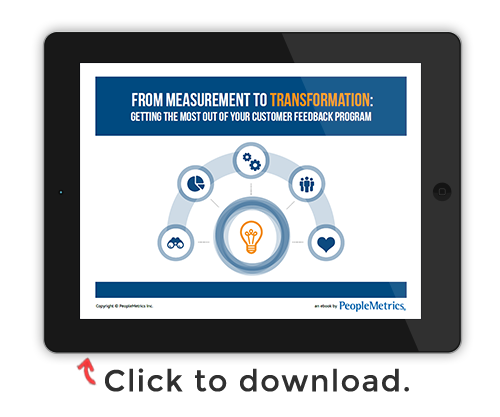So you’re sitting on the fence. Twiddling your thumbs. Waffling on the investment in a formal customer experience management solution.
How can you tell if your company’s ready? How can you make the argument to higher-ups? What are some of the symptoms of customer experience woes?
Well, I’ll give you four.
1. No one knows if customer issues get resolved.
To develop a consistently good customer experience, employees need to be encouraged to take responsibility of customers. In the absence of responsibility, you can turn customer issues into a frustrating game of hot potato. Or worse still, you can leave customers stranded with their problems.

One of the major benefits of customer experience management software is its ability to operationalize closed feedback loops. It creates a habit of listening to customers and responding to their feedback. Additionally, key parties can receive alerts when immediate actions are required. So rather than passing a customer down the line, employees are empowered to take responsibility and put issues to rest.
2. Employees scoff at “customer focused” memos and mission statements.
It’s easy for companies to tell employees they’re “customer-centric” or “customer focused.” But employees already understand the connection between their company and its customers. They live it on a day-to-day basis. So if you subject them to corporate communications without following through on their promise, you’re only going to spur detachment.

A great customer experience partner can plug into customer feedback, employee engagement, and cultural cues to create a long-term customer experience strategy for your unique situation. A great partner can help you take the leap from saying to doing.
3. It’s not clear what resonates with customers.
Collecting customer feedback is a great start to understanding customer needs and trends. But even companies that are collecting customer feedback can have trouble figuring out how to make sense of it. Data has a funny way of overwhelming.

A formal customer experience program and partner can help you make sense of your customer data, and give you clear next steps. A partner can tell you what’s resonating with customers, and also what’s lacking in the experience. In our case, we work to define one thing to help clients take actions that will have the most impact right away. It helps clients focus resources on clear targets that are in the best interest of the customer.
4. Everyone’s tired of waiting for it to get better.
Over time, shifting focus and lack of clarity can weigh on your company’s internal culture. If you dangle customer experience improvement in front of your employees for long enough, without taking action, then you should be ready for the eventual backfire.

In independent research, we’ve found that customer-centric culture can positively affect employee engagement. They want to help your customers, create positive experiences, and feel a sense of purpose in their roles. The only thing worse than denying them those things is to offer empty promises on top of that denial.
The Wrap-Up
Customer experience improvement is a long, gratifying journey. If you’re showing any of the above symptoms, then perhaps it’s time to invite a partner along for the ride. If you’re not ready yet, or you’d like to learn more, then download our ebook to learn about measurement and implementation of customer feedback programs.
Image Credits:- “Brick hole in the ground” by Alex Gilbert, CC BY 2.0
- “Crazy Little Owls” by Wilson Hui, CC BY 2.0
- “Get Lost” by Tim Green, CC BY 2.0
- “Oh my wonderful ham…” by Takashi Hososhima, CC BY-SA 2.0
Topics: Employee Experience, Customer Experience





%20(1).png)